It’s been two years since Santa Cruz announced it would be developing its own carbon fibre mountain bike wheels.
Coming under the ‘Reserve’ label, the carbon wheel range hosts a range of width options in 27.5in and 29in sizes, ranging from lightweight 25mm wide XC rims through to 37mm wide plus-compatible rims. More recently, Santa Cruz has added DH and gravel-specific rims too.
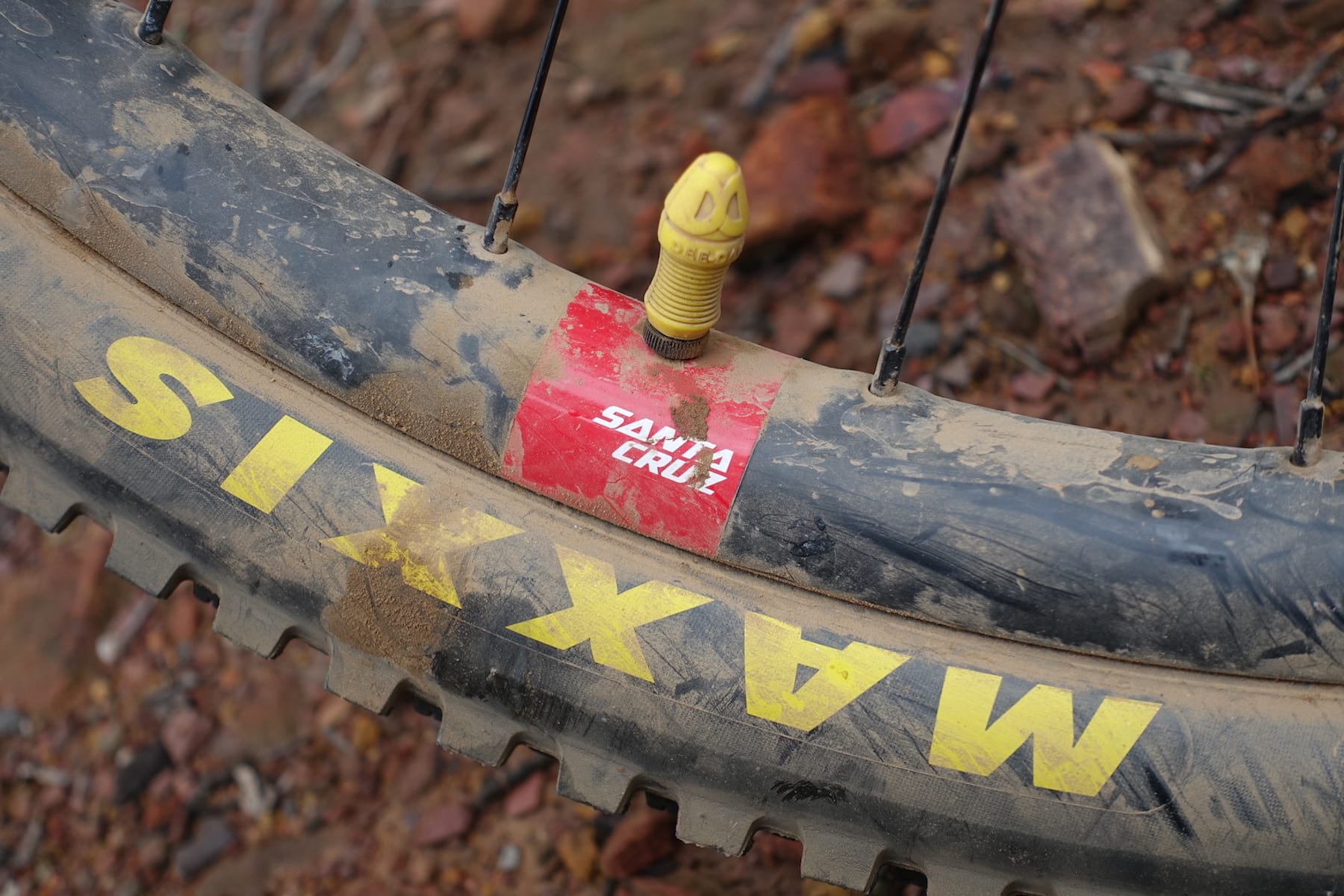
Santa Cruz Reserve Carbon Rims
The carbon rims are completely unique to Santa Cruz, and feature thick, tubeless ready hookless beads along with externally reinforced spoke holes for strength.
Perhaps the biggest headline from the launch though was when Santa Cruz announced the rims would be coming with a lifetime warranty for the original owner – something that’s sent other brands scrambling to step up their own warranty and crash-replacement programs.
Oh, and there was that viral video of Danny Mackaskill destroying a set of wheels that probably helped the launch too.
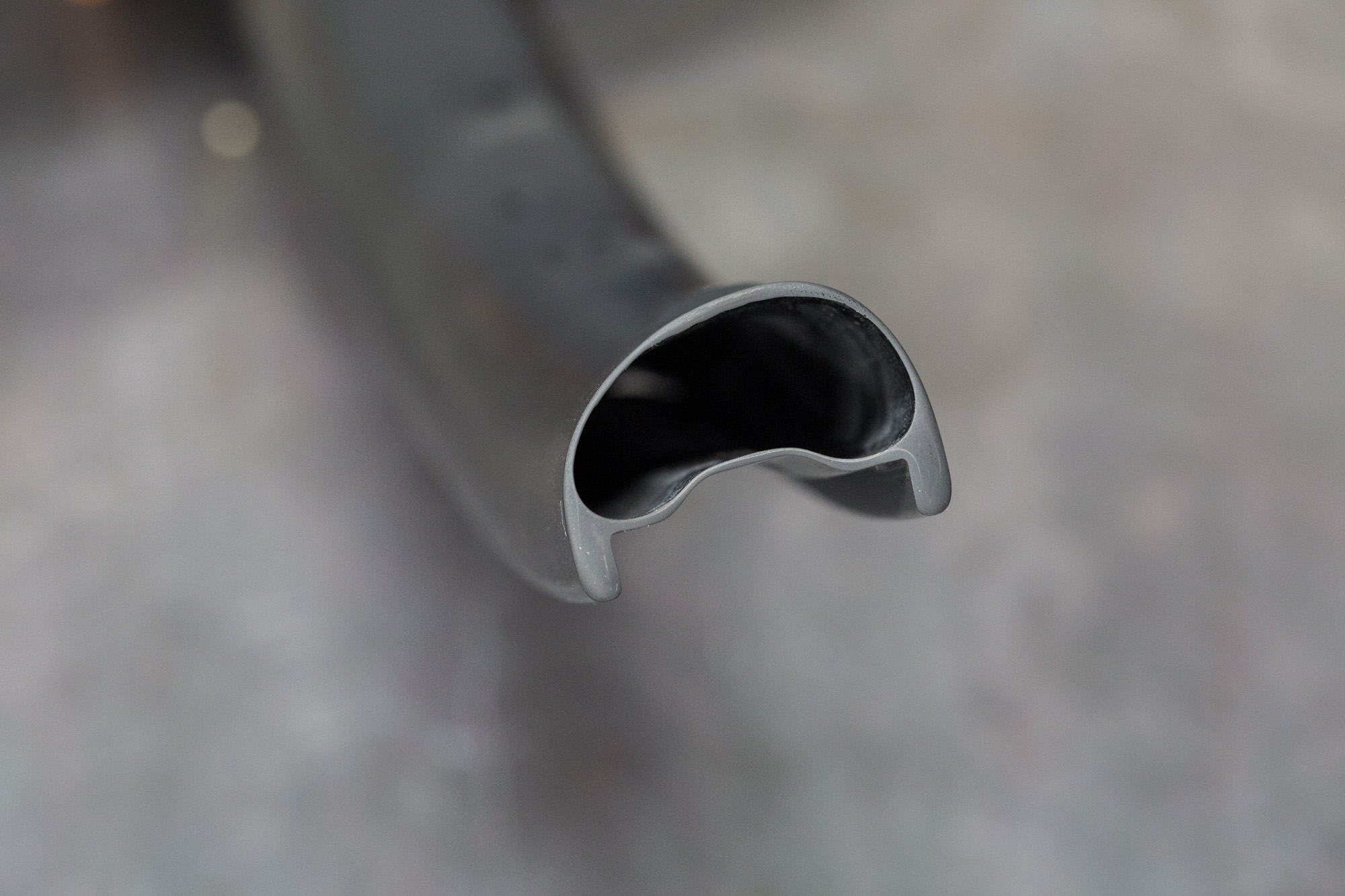
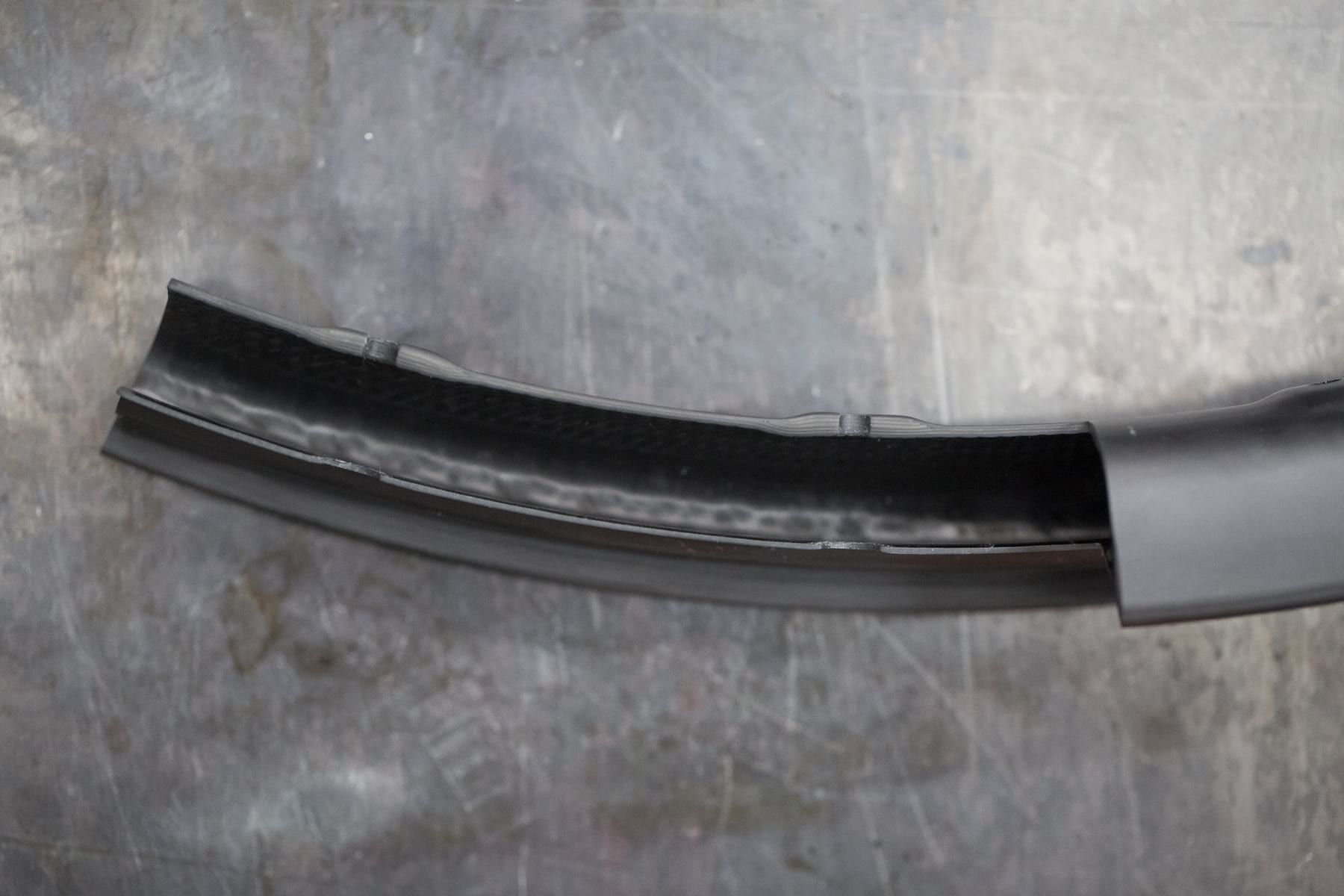
California Buildin’
The rims are then used to build into complete wheelsets, which Santa Cruz offers as a spec option on its complete bikes, and also sells separately too. The wheels are built in the company’s California factory, using standard J-bend DT Swiss spokes, Sapim mechanical-locking nipples, and your choice of DT Swiss 350 hubs, Industry Nine Torch hubs, or Chris King ISO hubs.
I’ve been riding a set of Reserve 27 wheels for about 12 months now. If you’ve followed the story, you’ll know that I actually built these up last year during a visit to the Santa Cruz factory in California, where they build all their complete wheels. Before you worry about the structural integrity of my test wheels, bear in mind that I did have a little bit of help.
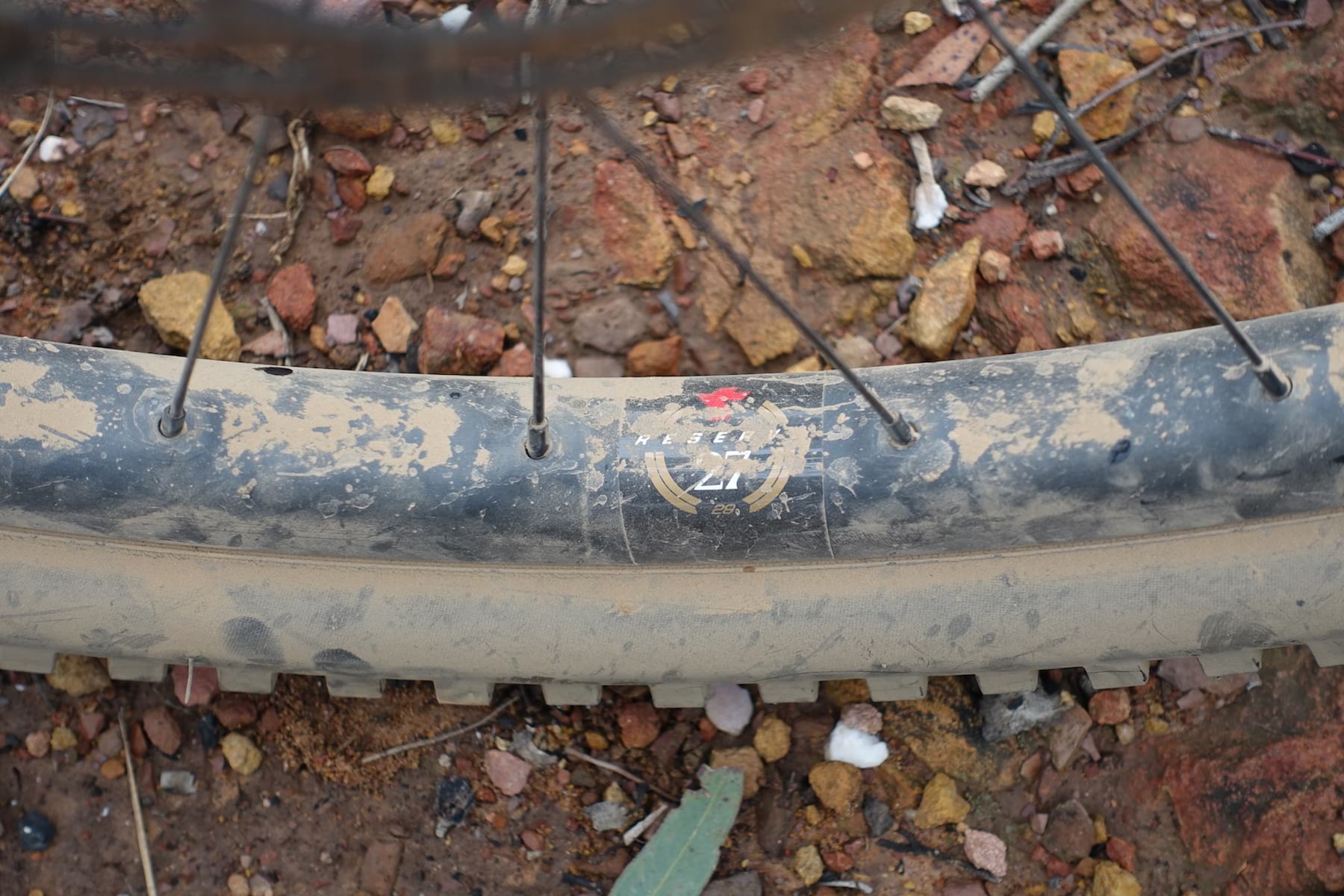
Sitting between the XC-oriented Reserve 25 and the enduro-ready Reserve 30, the Reserve 27 features a 27mm internal rim width that Santa Cruz says is best suited for tyres anywhere between 2.0-2.5in wide. I’ve mostly fitted 2.3in tyres to my longterm test wheelset, which has included Bontrager XR5 Team Issues, Specialized Ground Control & Fast Traks, and Maxxis Minion DHF/DHR IIs.
Santa Cruz Reserve 27 Carbon Wheel Specifications
- Carbon fibre construction
- Tubeless compatible hookless rim profile with reinforced spoke holes
- External width: 34mm
- Internal width: 27mm
- Rim depth: 25mm
- Claimed rim weight: 455g
- DT Swiss 350 hubs, 110x15mm front & 148x12mm rear
- Star Ratchet freehub mechanism w/36 points of engagement
- 28x DT Swiss Competition Race (2.0-1.6mm) J-bend spokes
- 3-cross spoke lacing
- Sapim 18mm Square Drive Secure Lock nipples
- Available in 27.5in & 29in diameters
- Actual weight: 1750g (29in size, Boost hubs)
- Lifetime warranty
- RRP: £1,599 / $2,848 AUD
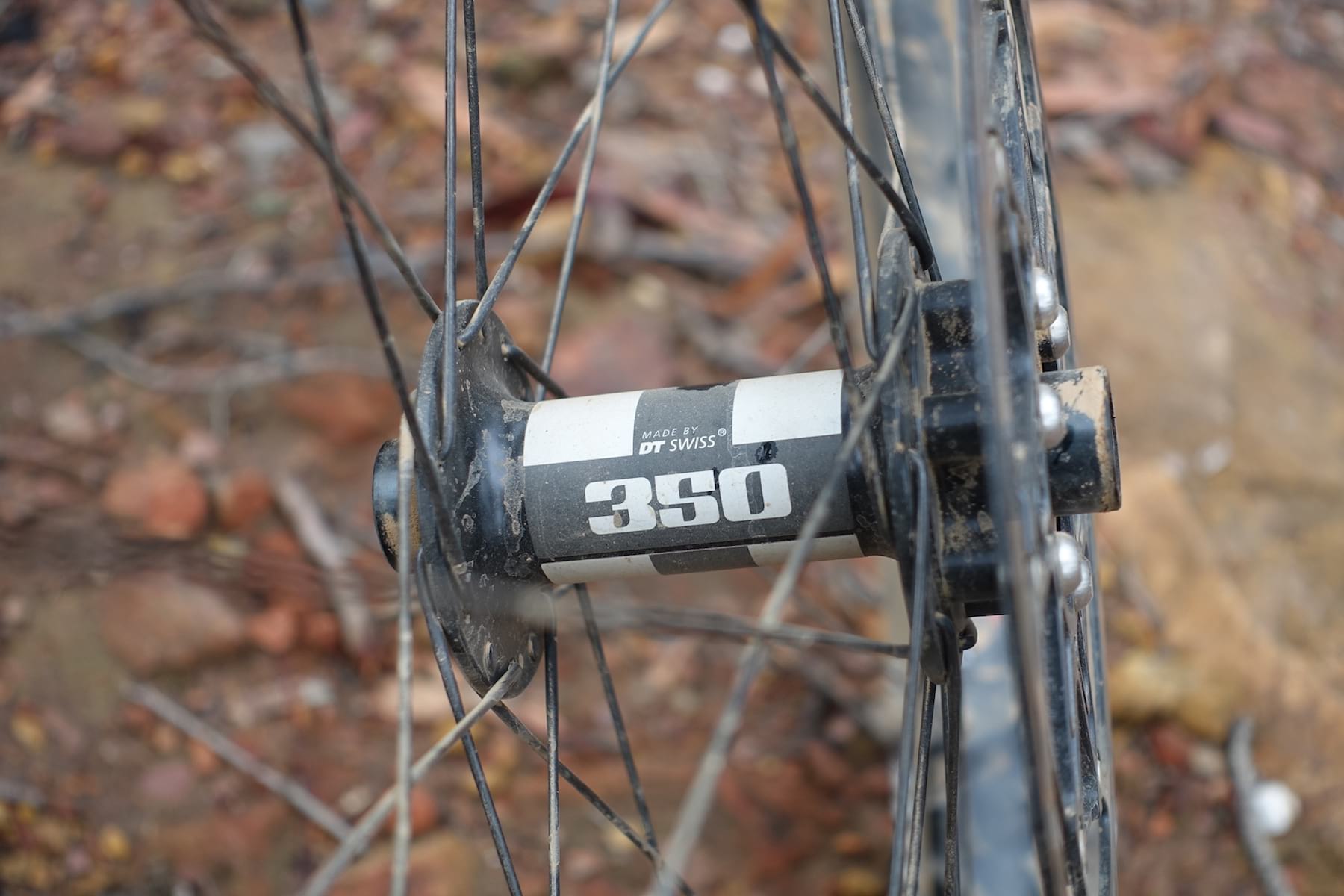
The Build
Our test wheelset is rolling on DT Swiss 350 hubs, which are a nice solid choice that feature sealed cartridge bearings, a 6-bolt rotor interface, and simple press-fit end caps. The rear hub can be interchanged between SRAM XD, Shimano HG and Shimano Microspline bodies.
Since our test wheelset has been bolted onto a Santa Cruz Blur, the hubs are spaced for a Boost fork (110x15mm) and Boost dropouts (148x12mm). And to accommodate the SRAM X01 Eagle drivetrain, we’ve got an XD driver on the rear hub. In addition to the Blur, I’ve also tested these wheels on the Canyon Neuron CF, Giant Trance 29, and Merida One-Twenty that I’ve also been reviewing.
The iconic Star Ratchet freehub mechanism lives inside the rear hub, though instead of the standard 18t drive rings, Santa Cruz specs the faster-engaging 36t ratchets, which deliver 10° of engagement. If you want more clicks than that, you could always buy the 52t ratchet kit to speed up engagement further.
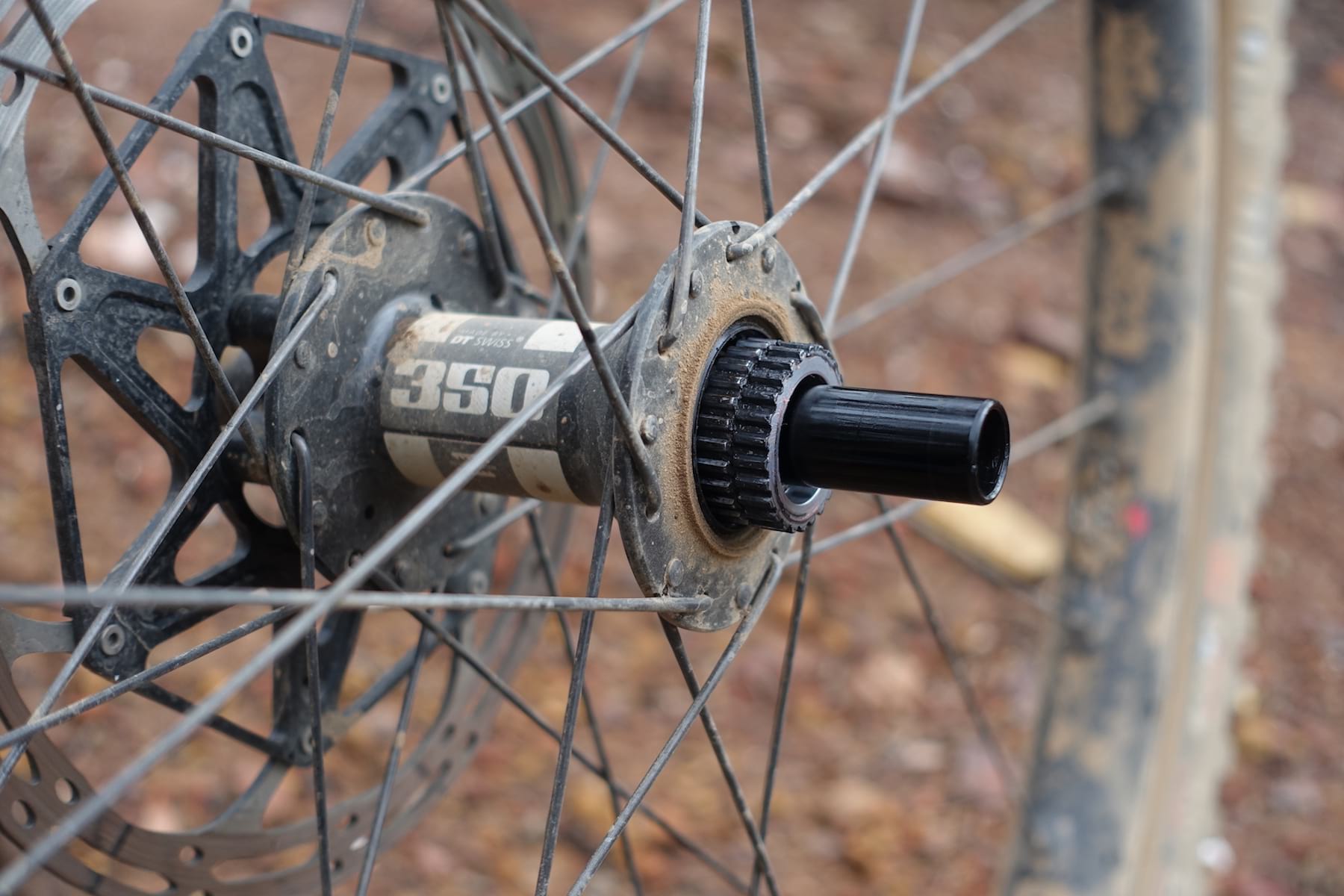
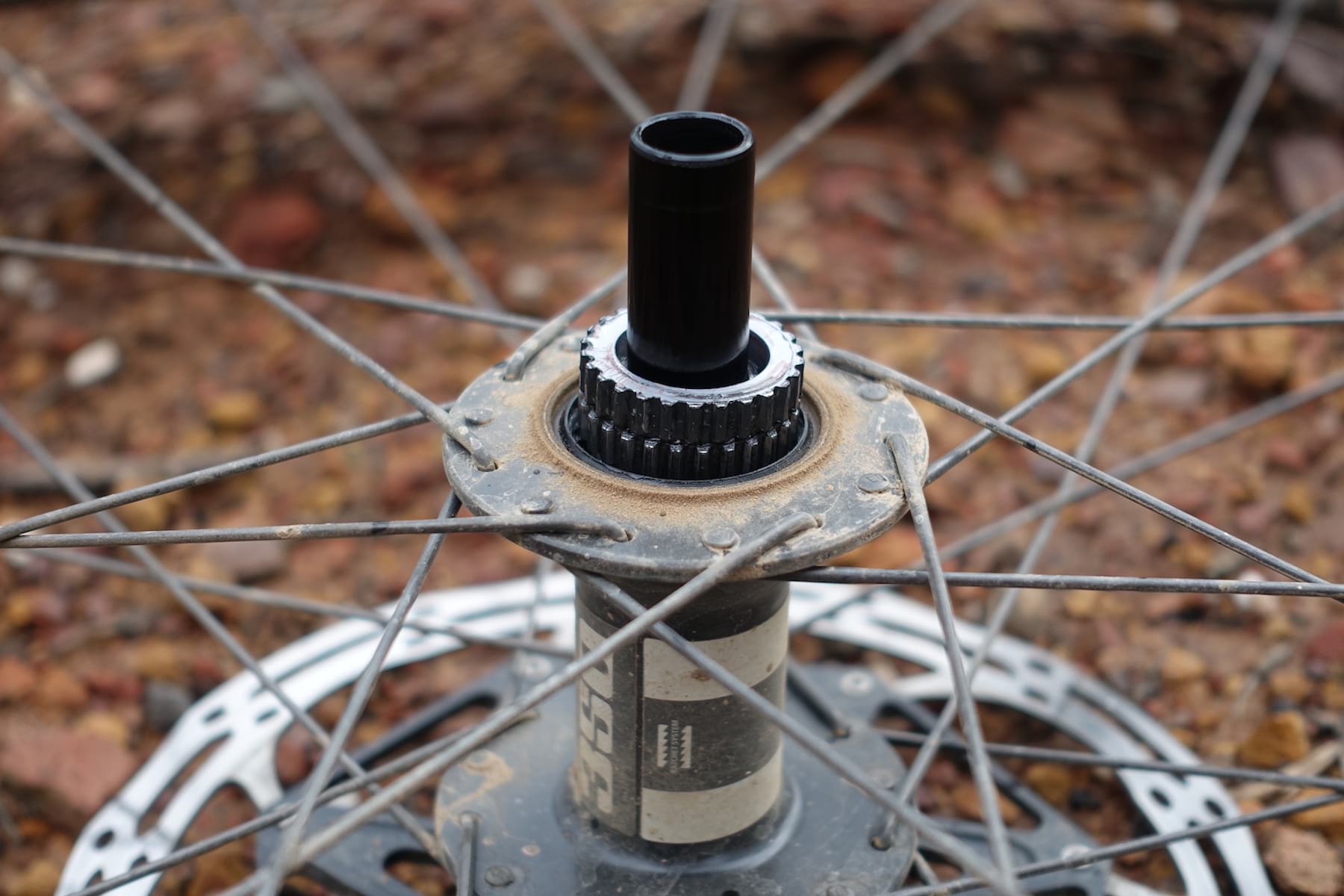
Performance from the DT Swiss hubs has been absolutely faultless. No creaks, no movement, no nuttin’. That hasn’t surprised me in the least though – I’ve ridden loads of DT Swiss hubs over the years and have never had an issue.
Servicing the Star Ratchet freehub system is also about as easy as it gets (check out this video to see how easy it is to pull apart and reassemble). They’re still rolling smooth, so I’m a while away from needing to source fresh cartridge bearings.
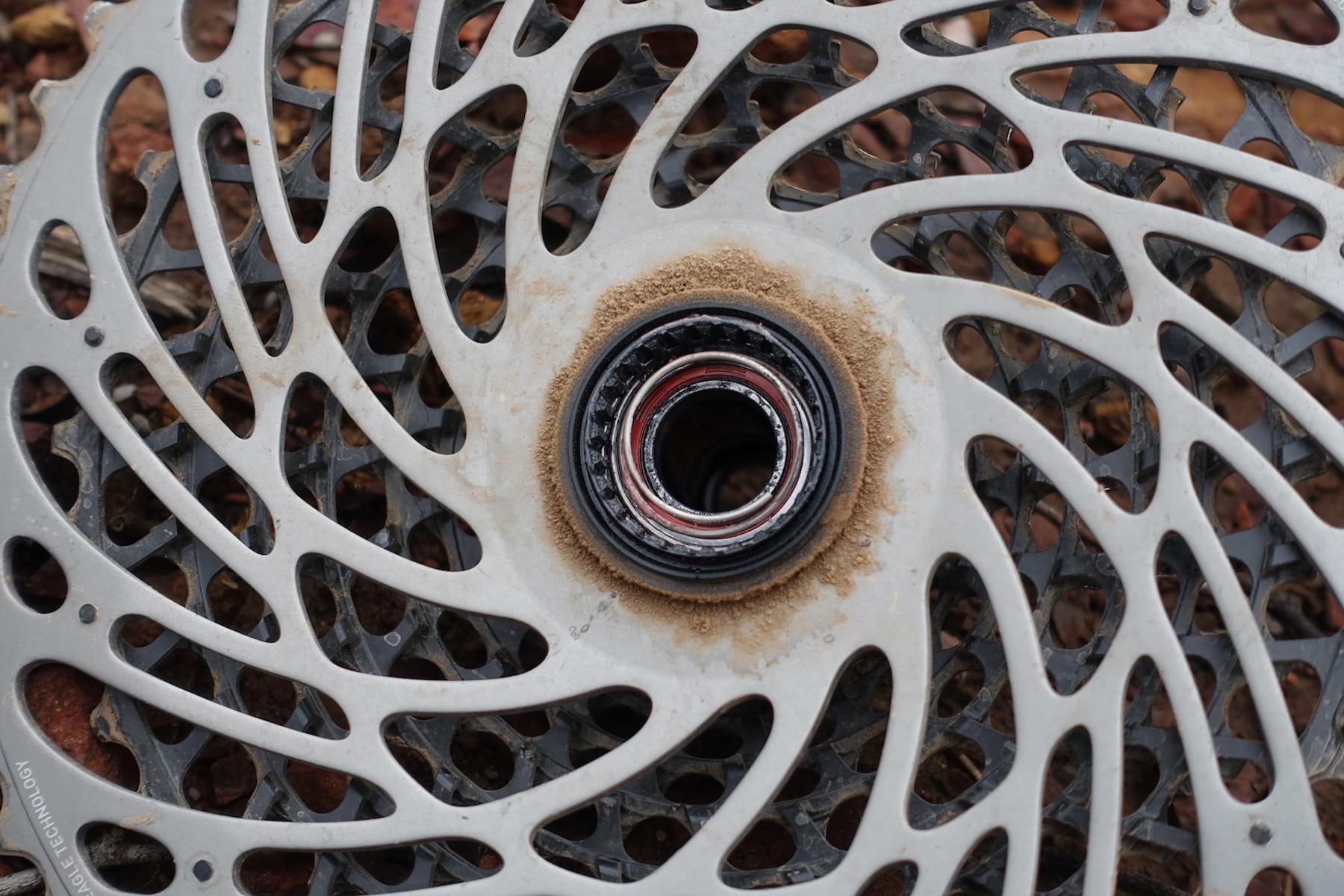
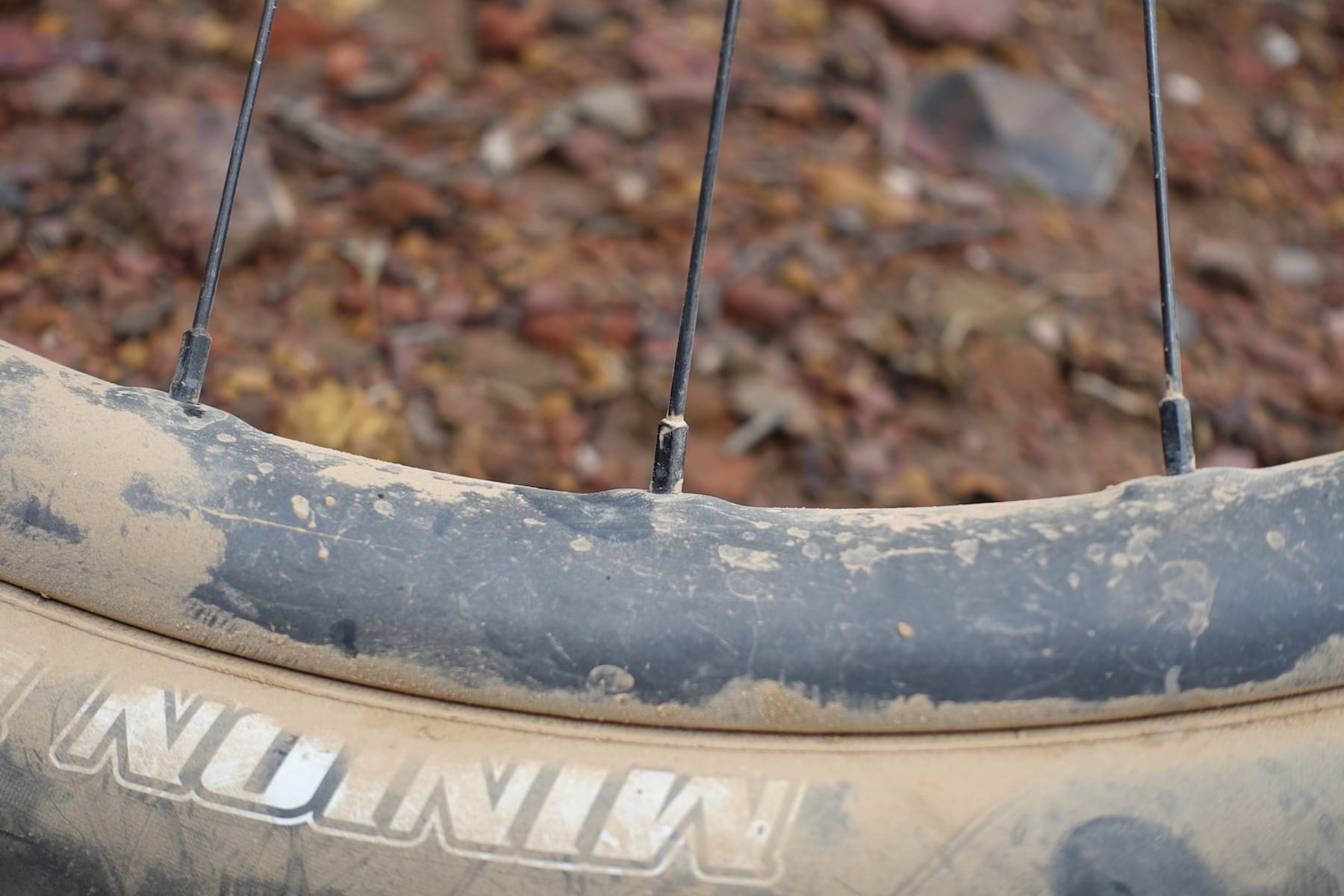
Developing The Reserve Rims
Rather than just re-badge an open-mould carbon rim, Santa Cruz went through a significant development period to come up with its own unique shape for the Reserve rims. To do so, the company invested in a new R&D facility within its Californian factory, which is solely dedicated to composites development and prototyping. It’s the same place where that Danny MacAskill carbon fibre trials bike was made.
During intensive fatigue and destruction testing of competitors rims, Santa Cruz’ engineers discovered that aside from cracking at the bead, wheels were also failing at the spoke holes, where the nipples were actually being pulled through the rim under extremely high stress.
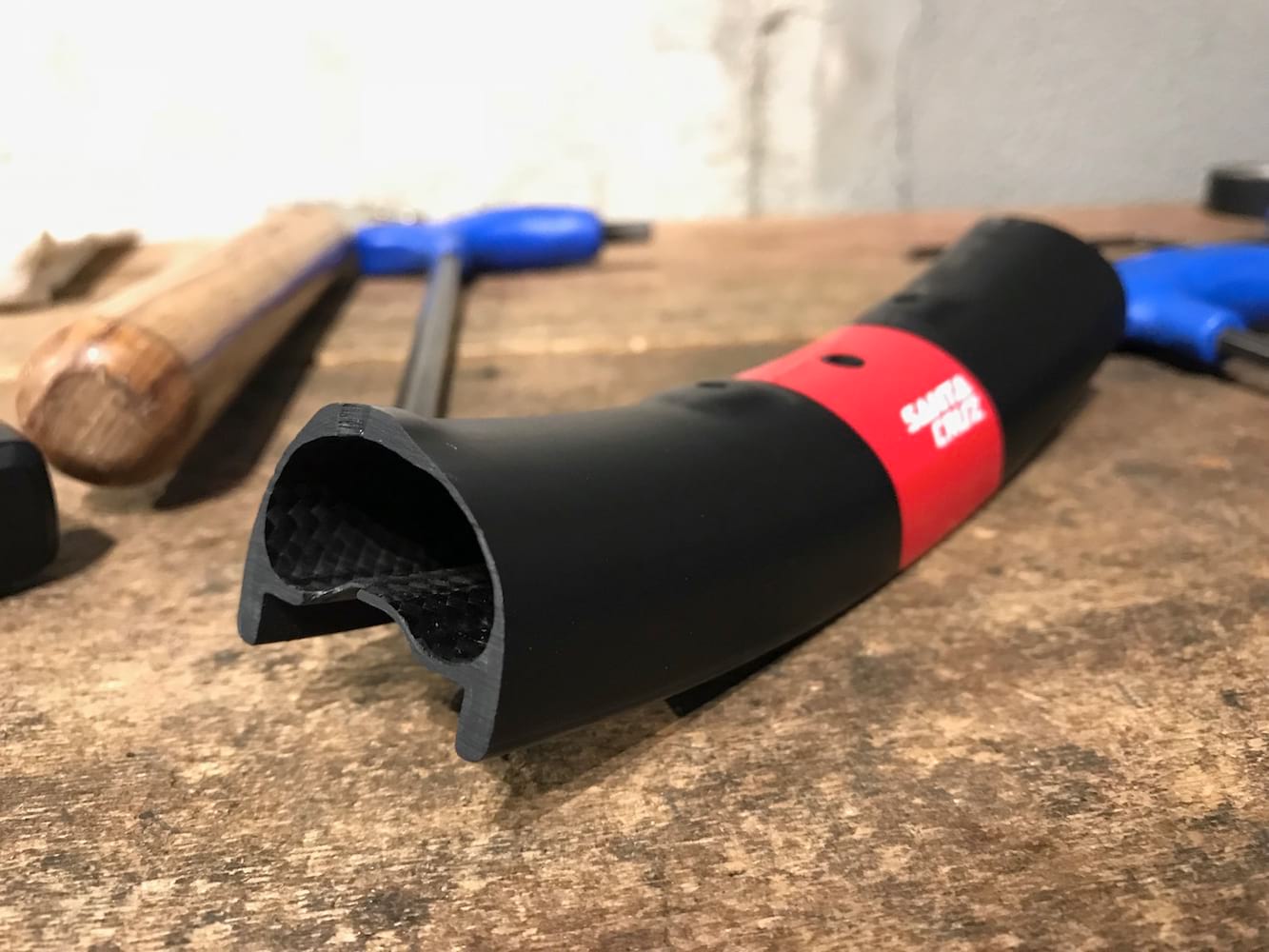
To address this issue, Santa Cruz’s in-house carbon fibre boffins started building prototype rims with much thicker material around each of the spoke holes. This greatly improved strength, to the point where they were finding that spokes were breaking on the torture machine long before the rim gave way.
To deliver this increased strength without adding too much weight, the rims only feature a concentrated reinforcement around each of the spoke holes. This is why the rims have a bumpy exterior – those bumps are the built-up layers of carbon. This differs to the Giant TRX carbon wheels that place the thicker bumps on the inside of the rim.
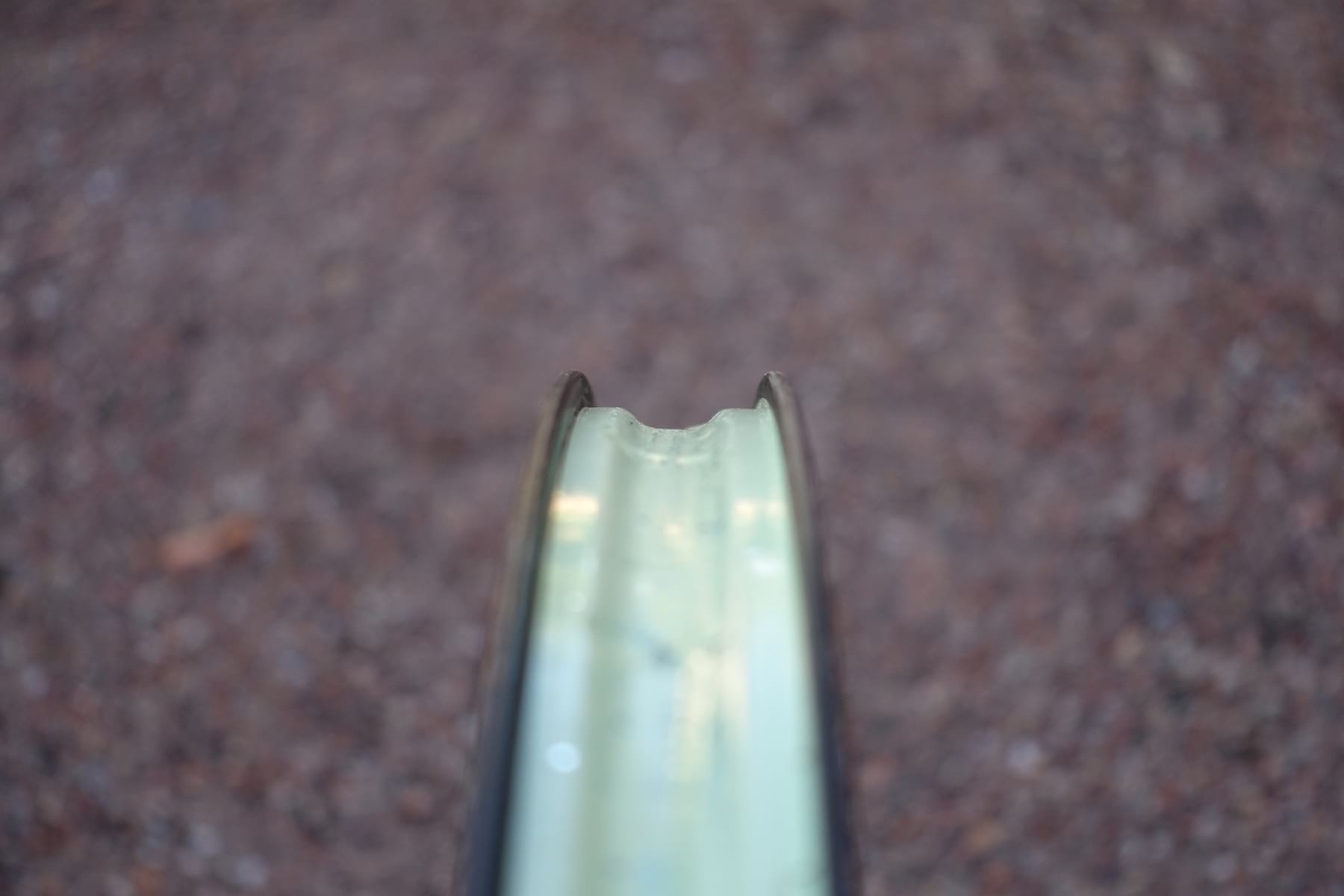
On The Trail
Given the mileage I’ve put into this Reserve 27 wheelset over the past year, I’ve been well impressed with just how low-fuss they’ve been. Honestly, there are very few quirks when it comes to their ride quality – they’ve been quiet, smooth and responsive.
Alongside comparable alloy rimmed-wheels, they are noticeably stiffer in all directions. In particular, they’ve got a sharper and more accurate feel that adds zip to acceleration, and a touch of pizazz to twisty trail zinging. Push them into firmly-packed berms at speed, and there’s no perceivable wiggle or waggle.
Confident in their lateral rigidity, but keen to study their compliance further, I did back-to-back test the Reserve 27 wheels against a set of FSA Gradient WideRs, and the Giant TRX 1s. All wheels were setup with the same tyre combo at the same pressures.
The Reserves performed reasonably well – I’ve found these to be middle-of-the-road in terms of compliance. Compared to other much stiffer carbon wheels I’ve ridden (including the Roval Traverse SL, Sixth Element Race SE 34.28, and various Chinese-made carbon rims), there is less buzz and jarring with the Reserves while riding really rocky terrain. I’d say that’s a by-product of the shallow-ish 25mm rim depth. Speaking in generals, the deeper a carbon rim profile is, the stiffer and harsher it is to ride.
They weren’t quite as smooth as the Giant TRX 1 wheels though, which were more compliant on the same test loop. And they’re still a ways off those single-wall carbon Bouwmeester Tammar wheels I tested a good while ago. But I still wouldn’t describe the Reserve wheels as harsh. ‘Direct’ might be a better word to describe their overall ride quality.
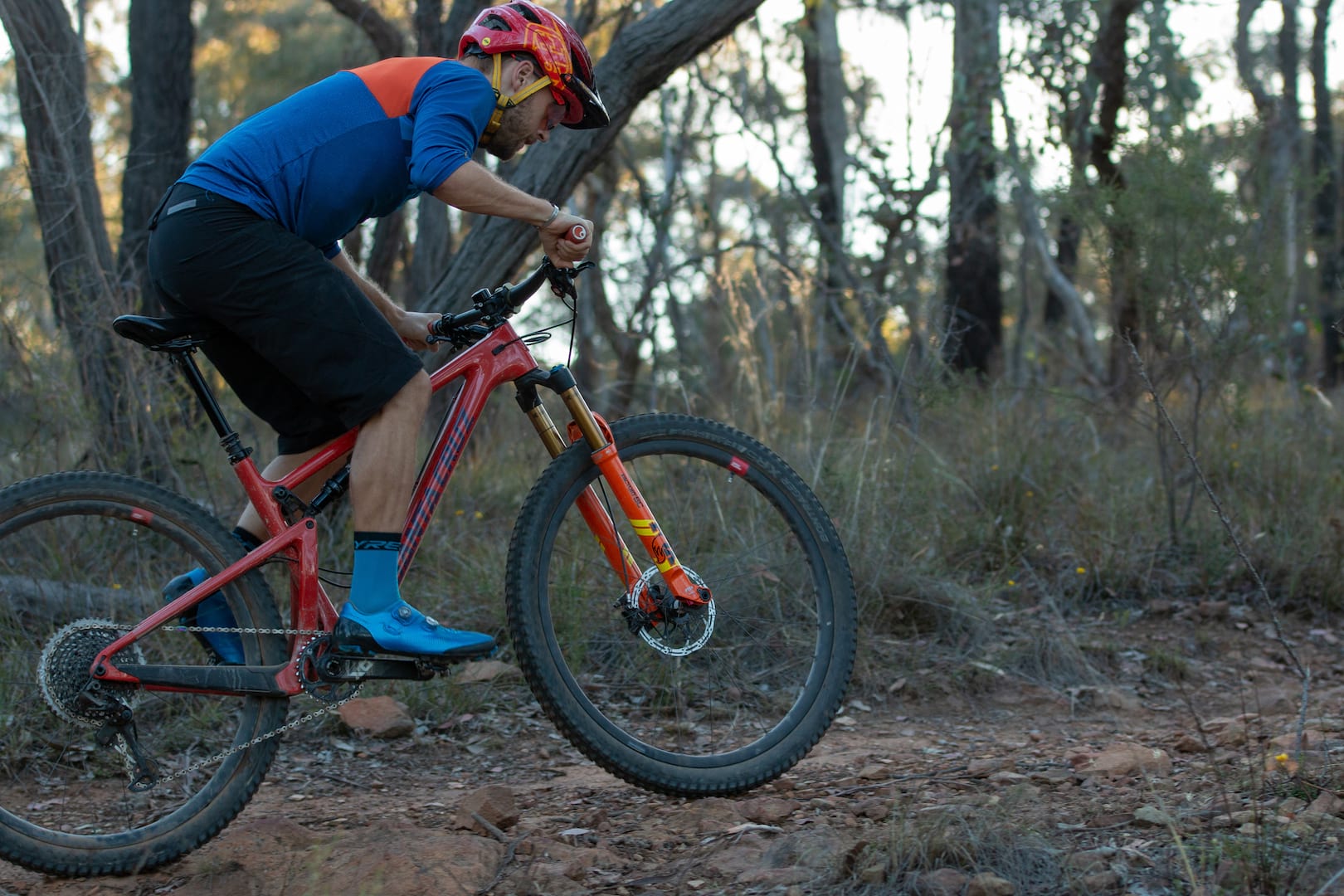
Longterm Living
Part of the Reserve 27s responsive feel no doubt comes down to the robust build. Each wheel features 28 spokes (only the Reserve DH wheels get 32 spokes), which are laced in a standard 3-cross pattern that helps to brace everything tightly. The broad Boost spacing and high-flange hubs keep the spoke lengths short, and the drilled spoke holes are offset from the centre of the rim by 4mm, which helps to keep the spoke tensions more even from left to right. In theory, this should lead to a stronger and more fatigue-resistant wheel in the long run.
The familiar lacing pattern and J-bend spokes will please mechanics and the more pragmatic riders amongst us. Straight-pull spokes have their benefits, but it’s still easier to source J-bend spokes from basically any bike shop on the planet.
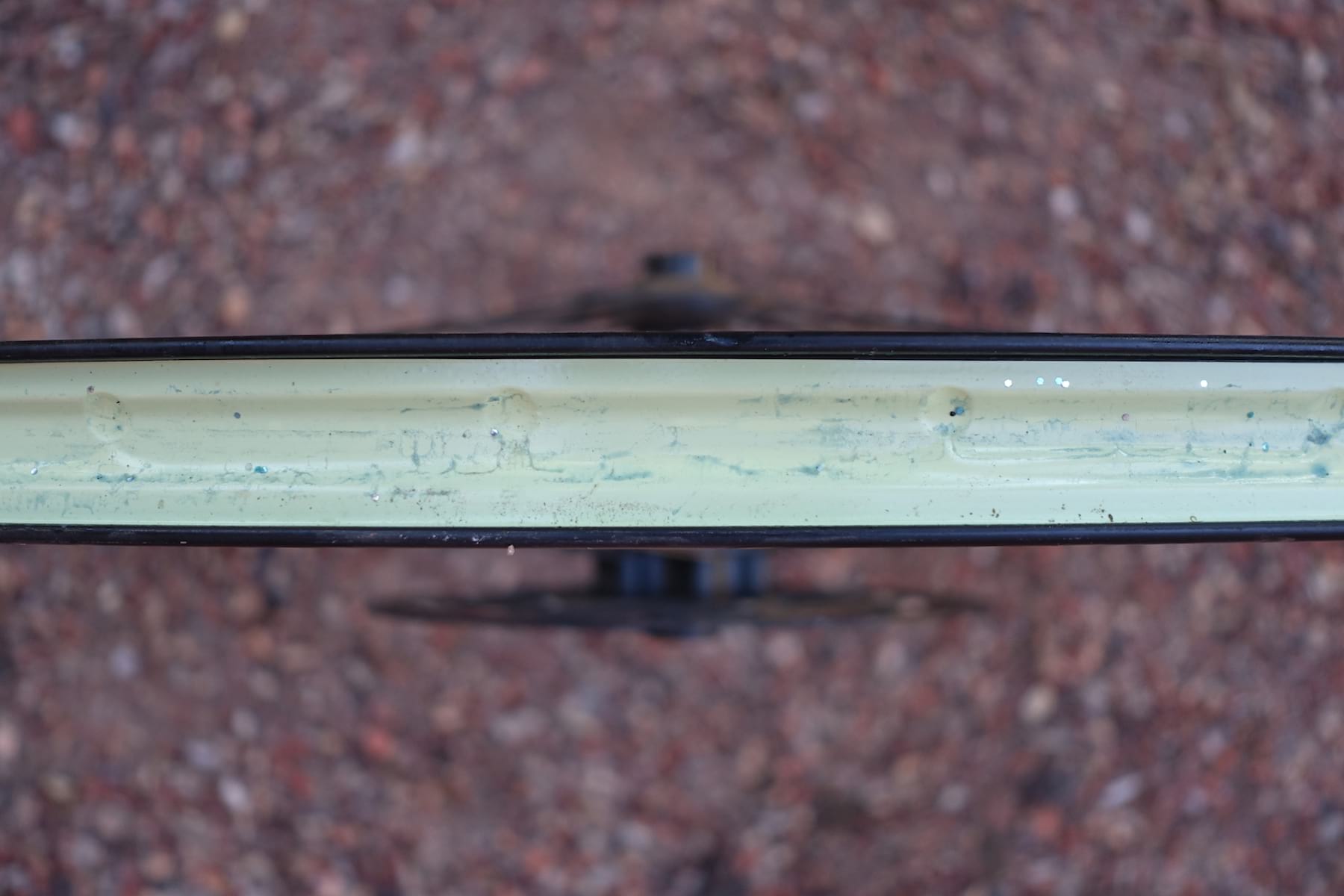
Tubeless Quirks
The Reserve rims come fitted with standard tubeless tape to seal up the drilled rims, which is lightweight, cheap and easy to replace. Initial setup with the Bontrager XR5 tyres was completely achievable with a floor pump, and air retention proved to be reliable too.
Over time though, the rim tape will compress slightly under the internal air pressure, and will push down into the spoke holes. Due to the offset rim profile, this creates 28 small divots that come fairly close to one sidewall of the rim (see the below photo). This meant that when I changed tyres over, there was just enough of an air gap between the tyre bead and these micro-divots that air could pass through while I was trying to inflate them. Even with an air compressor, the seal just wouldn’t hold tight enough and the tyres would not inflate at all.
Cue much huffing and puffuing, along with some Antipodean-derived profanity.
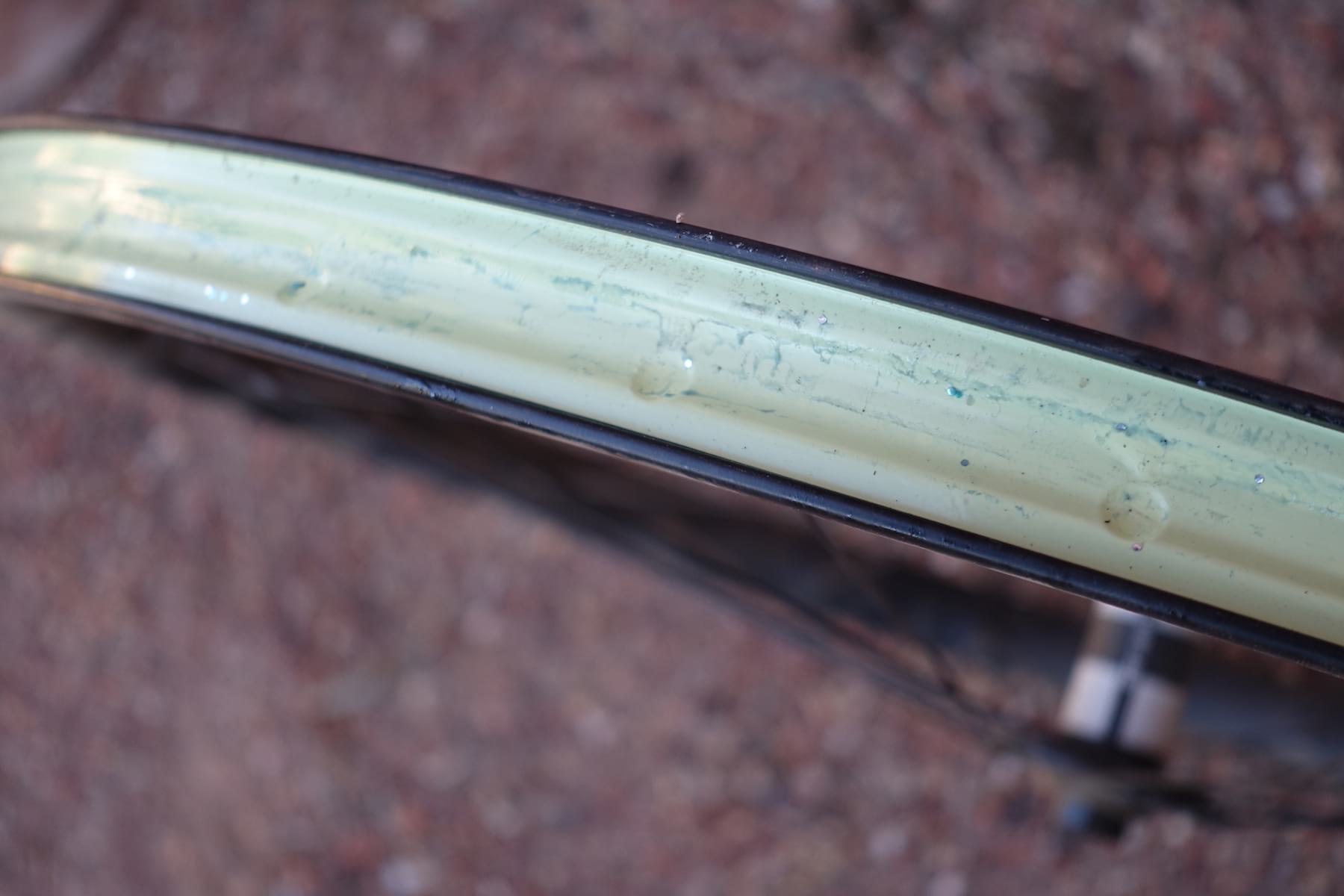
The interim solution was to fit an inner tube, inflate, and seat both tubeless beads. Then I’d remove the bead from the side of the rim furthest away from the spoke holes, take the tube out, fit the tubeless valve, refit the bead (very carefully, so as not to disturb the other already-seated bead), then inflate again. This worked, but it added a good 10 minutes of faffing.
It doesn’t matter what brand of tyre you’re using either – I had this happen with the Bontrager, Specialized and Maxxis tyres I tested on these rims, whether they were brand new or used.
Now this isn’t an issue exclusive to the Reserve rims – I’ve had a similar thing happen with asymmetric rims from WTB and Race Face too. The only offset rims I’ve not had this issue with is those from Bontrager, and that’s because they use a much tougher and thicker rigid plastic TLR rim strip.
In any case, the solution is to simply replace the tubeless rim tape, which is a consumable item after all. Once I’d wrapped each Reserve 27 rim with two layers of fresh Stan’s rim tape, tubeless installation returned to normal.
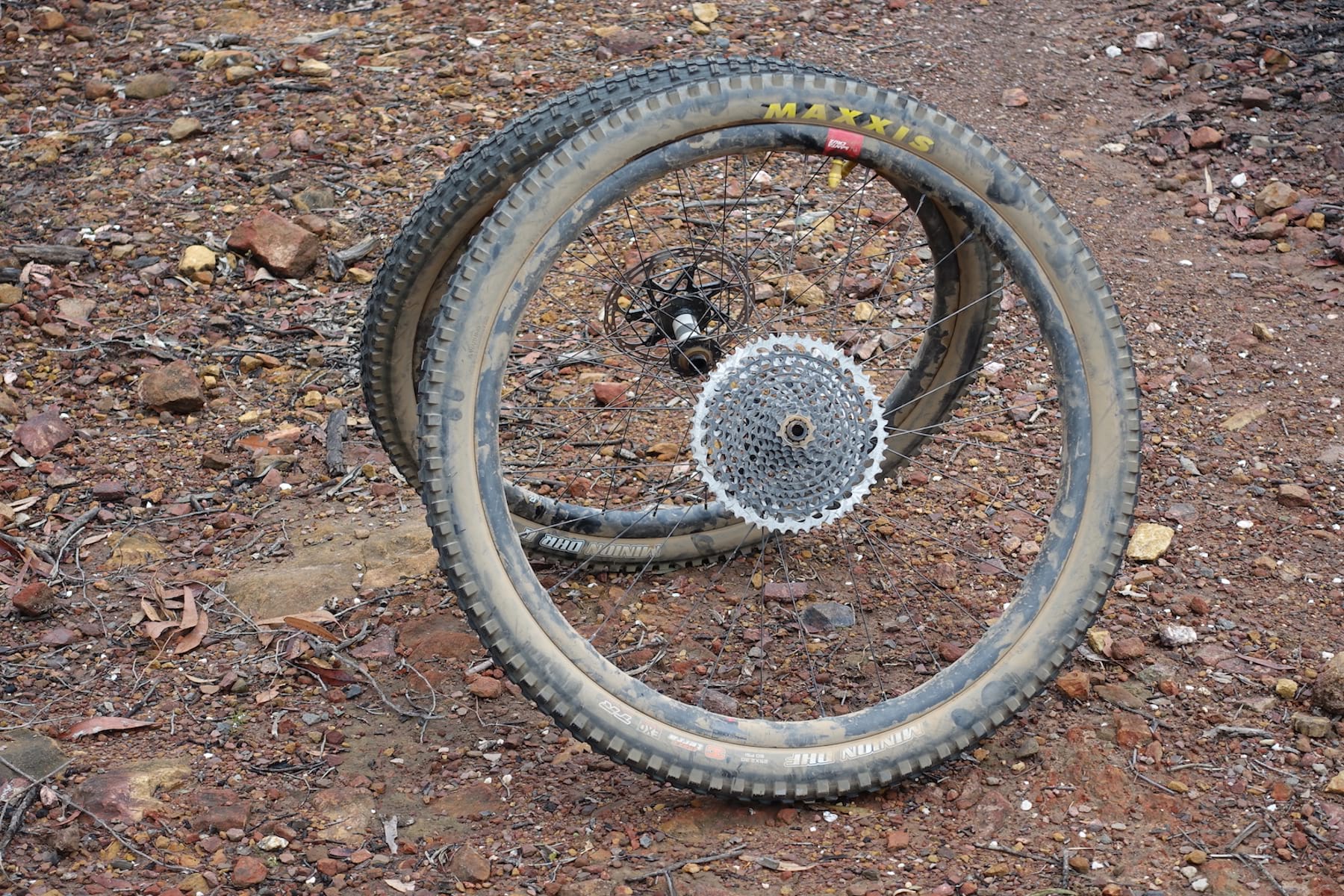
Overall
After a year of testing while being flipped from test bike to test bike, I’ve been really impressed with the durability and on-trail performance of the Reserve 27 wheelset. They’re fast and responsive, and well suited to aggressive trail riding for use with 2.2-2.4in tyres. The asymmetric profile does bring some quirks with tubeless setup, but providing you replace the rim tape periodically, it won’t be an issue.
Despite all the whacks and thumps they’ve endured during the time I’ve had them, the hubs, spoke tensions and rims are still in great nick. While the carbon rims are still going strong on my test wheelset though, of course anything on a mountain bike can be broken. The fact that Santa Cruz backs these up with a lifetime warranty (which covers you even if you break a rim while riding) inspires confidence in what is an expensive but high-quality product.

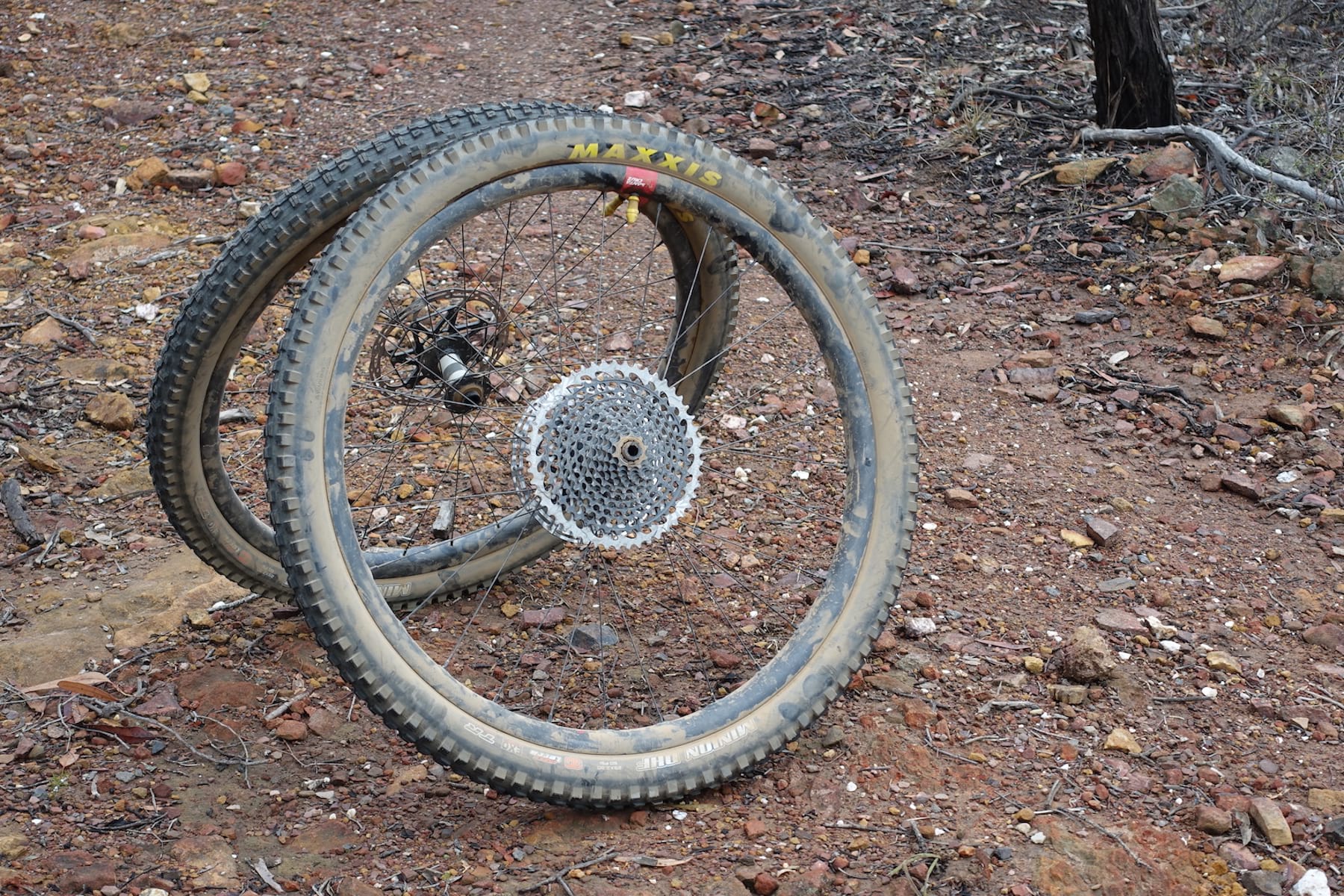




100% agree. I’ve had the same wheels for just over a year. They’ve been on a Hightower, Pace RC529 and my Scott Spark. It’s a testament to how versatile they are I suppose.
Just because of these wheels, I’ll always have a 29er hanging about 🙂
Hi Wil, nice review. Can you compare SC Reserves with Reynolds TR 309 that are stock on Canyon Neuron CF you tested recently. Thanks a lot. Martin
@muller.mm – Good question! In comparison, the Reynolds TR 309 wheels have a 30mm internal rim width, so I reckon you’d be better off comparing those with the Reserve 30 wheels, rather than the skinnier Reserve 27s I’ve tested here.
Rim width aside, the wheels share some pretty similar specs. They’re both built with 28 spokes front and rear, though the Reynolds hoops do use straight-pull spokes. The TR 309 wheelset is also built around Reynolds’ own alloy hubs, which get a 4-pawl freehub mechanism with 36 points of engagement. I didn’t have any issues with the hubs on the Canyon Neuron CF 9.0 SL test bike, but when it comes to longterm durability, it’s pretty hard to go past the DT Swiss 350 hubs that come on the Reserve wheels.
Strength wise, I gave the Reynolds wheels a hard time and the rims didn’t flinch. I actually wrote-off a rear tyre after slicing it open pretty bad on some gnarly imbedded rocks. They shrugged off that impact and many others during the couple of months I had that bike for, so I reckon they’re plenty strong enough.
In terms of stiffness, the Reynolds TR 309 wheels were pretty solid. I didn’t have a chance to B2B test them with the Reserves, but even still, I wouldn’t say there’s a huge difference between the two wheelsets when it comes to compliance. They’re both stiff and responsive carbon wheelsets.
The Reynolds TR 309 wheels do come out heavier at 1803g for the pair, compared with 1750g for the Reserve 27s tested here. As I mentioned above, you’re probably better off comparing the Reynolds hoops with the Reserve 30 wheelset, which according to Santa Cruz, weighs 1831g for the pair. Either way, there isn’t a massive difference.
Hope that helps!
ST Wil.
I’ll stick to my HUNT thanks, 3 degree engagement, Sams weight and £350!